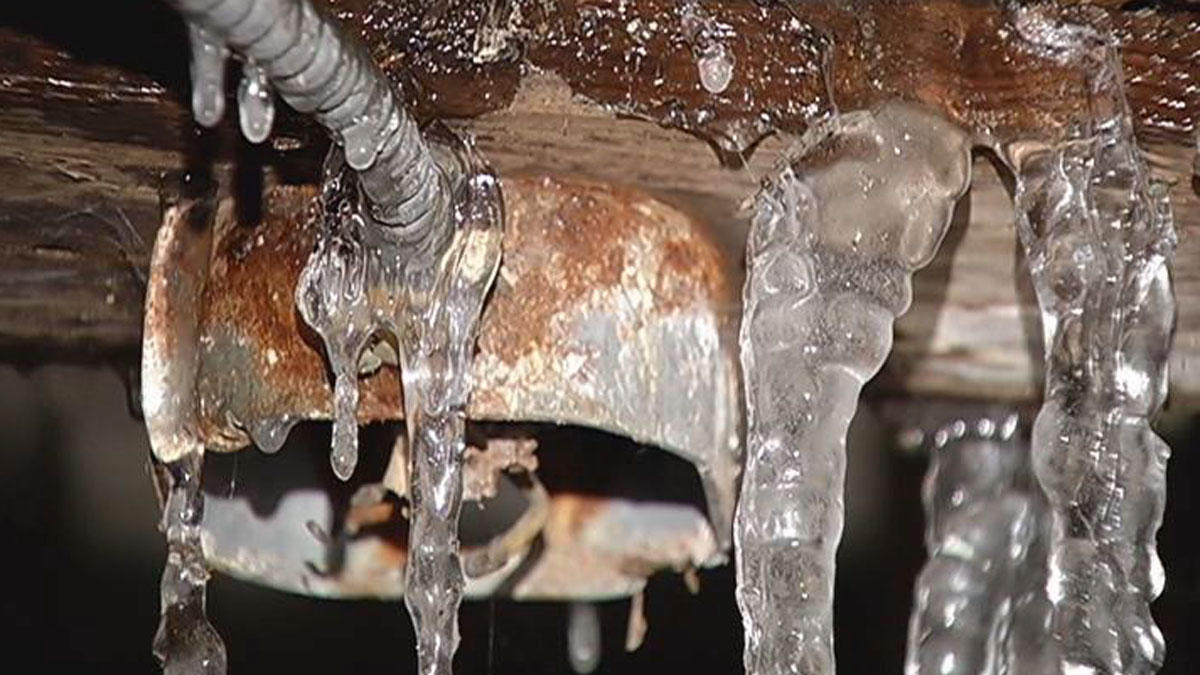Tips to Protect Your Plumbing from Freezing: Critical Strategies
Tips to Protect Your Plumbing from Freezing: Critical Strategies
Blog Article
In this article underneath you can find additional worthwhile facts relating to How to prepare your home plumbing for winter weather.

Winter can damage your plumbing, particularly by freezing pipelines. Here's how to prevent it from happening and what to do if it does.
Introduction
As temperature levels decrease, the danger of icy pipelines increases, possibly resulting in costly repair work and water damage. Understanding just how to stop icy pipelines is critical for house owners in cool environments.
Comprehending Frozen Pipelines
What triggers pipelines to freeze?
Pipelines ice up when subjected to temperature levels listed below 32 ° F (0 ° C) for prolonged durations. As water inside the pipelines ices up, it broadens, taxing the pipe walls and possibly creating them to break.
Risks and problems
Icy pipelines can result in water system disturbances, residential property damages, and costly repair services. Ruptured pipes can flooding homes and cause extensive architectural damages.
Signs of Frozen Pipeline
Identifying icy pipelines early can avoid them from rupturing.
How to determine frozen pipelines
Try to find decreased water flow from taps, uncommon odors or sounds from pipelines, and visible frost on subjected pipelines.
Prevention Tips
Shielding susceptible pipes
Cover pipelines in insulation sleeves or make use of warm tape to protect them from freezing temperature levels. Focus on pipelines in unheated or external areas of the home.
Heating methods
Keep indoor spaces sufficiently warmed, especially locations with plumbing. Open cabinet doors to permit warm air to circulate around pipes under sinks.
Shielding Outside Plumbing
Yard hose pipes and outdoor faucets
Separate and drain pipes yard hoses before winter months. Set up frost-proof spigots or cover exterior faucets with shielded caps.
What to Do If Your Pipelines Freeze
Immediate actions to take
If you suspect frozen pipelines, keep taps open up to eliminate stress as the ice thaws. Use a hairdryer or towels taken in warm water to thaw pipelines gradually.
Long-Term Solutions
Structural changes
Think about rerouting pipelines far from exterior walls or unheated locations. Include added insulation to attic rooms, basements, and crawl spaces.
Upgrading insulation
Invest in top notch insulation for pipelines, attic rooms, and wall surfaces. Appropriate insulation assists maintain consistent temperatures and minimizes the threat of icy pipelines.
Conclusion
Stopping icy pipes requires positive steps and fast responses. By understanding the causes, indications, and safety nets, property owners can protect their pipes during winter.
6 Proven Ways to Prevent Frozen Pipes and Protect Your Home
Disconnect and Drain Garden Hoses
Before winter arrives, start by disconnecting your garden hoses and draining any remaining water. Close the shut-off valves that supply outdoor hose bibs and leave the outdoor faucet open to allow any residual water to drain. For extra protection, consider using faucet covers throughout the colder months. It’s also important to drain water from any sprinkler supply lines following the manufacturer’s directions.
Insulate Exposed Pipes
Insulating your pipes is an effective way to prevent freezing. Pipe insulation is readily available at home improvement stores and is relatively inexpensive. Pay close attention to pipes in unheated areas such as the attic, basement, crawl spaces, or garage. Apply foam insulation generously to create a buffer against the cold. You can also wrap your pipes in heat tape or thermostat-controlled heat cables for added warmth.
Seal Air Leaks
Inspect your home for any cracks or openings that could let in cold air. Seal any holes around the piping in interior or exterior walls, as well as the sill plates where your home rests on its foundation. Additionally, make sure to keep your garage door closed unless you’re entering or exiting. Leaving it open creates a significant air leak that can lead to frozen pipes.
Allow Warm Air Circulation
During cold snaps, it’s essential to allow warm air to circulate evenly throughout your home. Leave interior doors ajar to promote better airflow. Open kitchen and bathroom cabinets to help distribute heat consistently around the rooms. If you have small children or pets, be sure to remove any household chemicals or potentially harmful cleaners from open cabinets for safety.
Let Faucets Drip
A small trickle of water can make a big difference in preventing ice formation inside your pipes. When temperatures drop significantly, start a drip of water from all faucets served by exposed pipes. This continuous flow helps prevent the water from freezing. Additionally, running a few faucets slightly can relieve pressure inside the pipes, reducing the chances of a rupture if the water inside does freeze.
https://choateshvac.com/6-proven-ways-to-prevent-frozen-pipes-and-protect-your-home/

We had been shown that write-up about Helpful Tips to Prevent Frozen Pipes this Winter from a friend on a different domain. Sharing is caring. You never know, you may be helping someone out. Kudos for being here. Kindly come by our blog back soon.
Details Report this page